
What is Restless Leg Syndrome?
Restless leg syndrome is an irresistible urge to change the position and posture of a body part as a response to an unusual and unpleasant sensation. These sensations can be an itch, tingling (parasthesia) or pain. Moving the body part changes the sensation and provides relief for a short while. The urge to move the legs is most common and gives this syndrome its name, but any part of the body may be involved. Some individuals even feel an itch in a body part that was amputated. This is called a phantom limb. They feel that their limb is still there even though it was removed surgically. Willis-ekbom syndrome and Wittmaack-ekbom syndrome are other names for restless leg syndrome.
- Important notification about information and brand names used in this slideshow!
- Photo courtesy of Lotus Carroll by Flickr : www.flickr.com/photos/thelotuscarroll/9310094295/
- Clinical medicine by Kumar and Clark
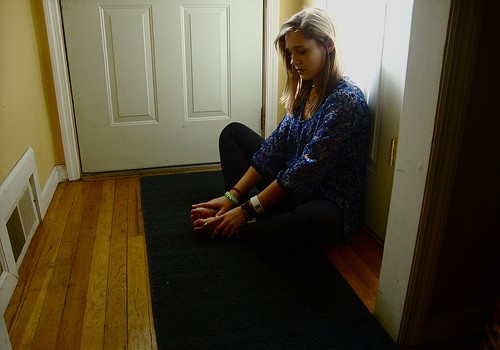
Signs And Symptoms Of Restless Leg Syndrome
Restless leg syndrome can start at any age. Most patients have their first event before 20 years of age. Patients describe it as a sudden need to move their legs to relieve an unusual and difficult to explain sensation. Sensations are not restricted to legs. The type of movement is unique to each individual. Movement provides immediate and complete relief to some, but for some relief is only partial. The sensation can come back immediately after stopping the movement in some patients. Symptoms worsen at night. The National Institute of Health (NIH) criteria to diagnose restless leg syndrome include an urge to move limbs without a sensation, improvement with activity, relief with rest and worsening at night.
- Important notification about information and brand names used in this slideshow!
- Photo courtesy of KelseyyBarbara by Flickr : www.flickr.com/photos/kaynealzz/5069455392/
- Clinical medicine by Kumar and Clark

What Causes Restless Leg Syndrome?
Research suggests that restless leg syndrome may be due to alterations of iron and dopamine levels in the brain. Markers suggesting low iron levels in the substantia nigra (a part of the mid brain) and cerebrospinal fluid are present in patients with restless leg syndrome. The fact that dopamine is effective against restless leg syndrome has led to the conclusion that dopamine is also involved in the disease mechanism. Iron deficiencies, folate deficiency, ADHD, Parkinsonism, uremia, diabetes, rheumatoid arthritis, Sjogren’s syndrome and thyroid diseases are associated with restless leg syndrome. Anti-vomiting, anti-allergy, anti-depressant, anti-psychotic and anti-fit drugs worsen restless leg syndrome.
- Important notification about information and brand names used in this slideshow!
- Photo courtesy of amber dawn pullin by Flickr : www.flickr.com/photos/goaskaliceithinkshewillknow/408953575/
- Clinical medicine by Kumar and Clark

Is RLS A Hoax Created By Drug Companies?
This is a controversial topic. Most of the drugs prescribed for restless leg syndrome are very expensive. Some drug companies market drugs without specific approval for restless leg syndrome. These are “off label” uses of drugs licensed for other conditions. On one occasion a particular drug company ran an advertisement suggesting a possible use of Ropinirole to treat restless leg syndrome. But ABPI ruled against that drug company on that occasion. It is also no secret that the Restless Leg Syndrome Foundation receives about 44% of its funds from these pharmaceutical companies. Most professional colleges of physicians are reluctant to categorize restless leg syndrome as a specific syndrome because of its diffuse symptomatology. Some suggest that restless leg syndrome is a very rare disease with specific diagnostic guidelines.
- Important notification about information and brand names used in this slideshow!
- Photo courtesy of Images Money by Flickr : www.flickr.com/photos/59937401@N07/6127242068/
- Clinical medicine by Kumar and Clark

RLS Is More Common During Pregnancy
In 1940, a link between pregnancy and restless leg syndrome came into light. Out of 600 Italian women participating in that study, nearly 26% experienced symptoms of restless legs syndrome. For almost all, it was the first time experiencing these symptoms. Out of these women, 25% had one episode per week, while 15% had three or more attacks per week. Restless leg syndrome episodes are more common during the third trimester and during the early postpartum period. This can be explained with current hypothesis. Pregnant women are at a higher risk of developing low iron levels. The developing fetus uses body iron stores at an alarming rate. At delivery there is a significant blood loss regardless of the mode of delivery. On the other hand, some studies blame the hormones rather that low iron levels.
- Important notification about information and brand names used in this slideshow!
- Photo courtesy of David Leo Veksler by Flickr : www.flickr.com/photos/heroiclife/8520197693/
- Obstetrics by ten teachers
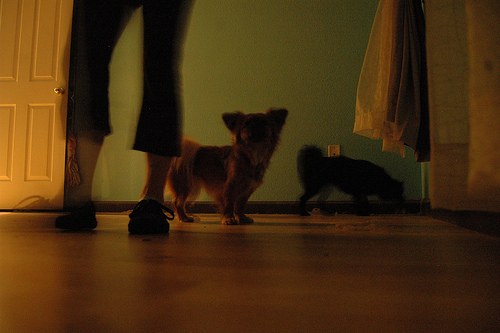
Treatment Principles
Restless leg syndrome without any apparent cause is called primary restless leg syndrome. If there is an identifiable cause like anemia, thyroid diseases and venous disorders it is called secondary restless leg syndrome. All medical conditions that may lead to secondary restless leg syndrome should be investigated and ruled out. Treating the root cause almost always relieves the symptoms of secondary restless leg syndrome. Drug treatment has unpleasant side effects. Therefore, drugs should be used only for primary restless leg syndrome. Some colleges suggest a regular periodic movement pattern to manage minor restless leg syndrome without using drugs. Infra-red heat has shown to be effective in some studies.
- Important notification about information and brand names used in this slideshow!
- Photo courtesy of Sam Craig by Flickr : www.flickr.com/photos/pirateyjoe/4871303244/
- Clinical medicine by Kumar and Clark
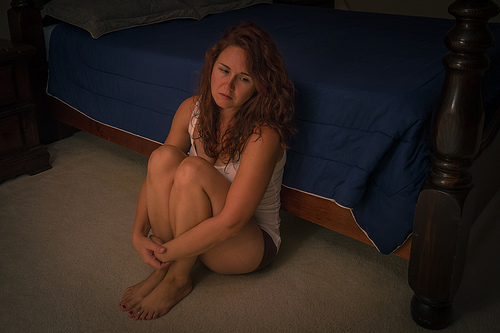
RLS May Be Genetic
Restless leg syndrome is an inherited condition 60% of the time. An autosomal dominant inheritance pattern is observed in these cases. Autosomal dominance means every generation has an affected individual. But in this case it may skip a generation because there is variable penetrance phenomenon. It affects males and females equally. Fifty percent of the offspring of an affected individual will be affected by the condition statistically speaking. There are eight genetic loci associated with restless leg syndrome. But their role in the disease mechanism is a mystery. Conditions like periodic limb movement in sleep share some of these genetic loci with restless leg syndrome.
- Important notification about information and brand names used in this slideshow!
- Photo courtesy of Lotus Carroll by Flickr : www.flickr.com/photos/thelotuscarroll/9506176254/
- Clinical medicine by Kumar and Clark

Medications Can Have Weird Side Effects
Dopamine adgonists – These drugs can reduce blood pressure when standing or sitting from the supine position. Patients feel dizzy and light headed when standing up. Nausea and vomiting may limit its use altogether. Anti-vomiting drugs may be used in conjunction with dopamine agonists to prevent this. Jerking head, limb and tongue movements (Dyskinesia), changes in mental state, agitation and confusion will indicate the need for withdrawal or dose reduction. Gabapentin – gabapentin can cause daytime sleeping, dizziness, unsteadiness and excessive tiredness. Opioids – These can cause nausea, vomiting, dizziness, low blood pressure and dependence. Benzodiazepines – Dizziness, nausea, vomiting, delusions and hallucinations are some known side effects.
- Important notification about information and brand names used in this slideshow!
- Photo courtesy of Derek Gavey by Flickr : www.flickr.com/photos/derekgavey/5362806906/
- Clinical pharmacology by Bennette and Brown

Common Drugs Prescribed To Treat RLS
Dopamine agonists are effective against restless leg syndrome. Ropinirole and Rotigotine are most commonly used. These drugs contain a pro-drug of dopamine. They cross the blood brain barrier and enter the cerebral circulation before being metabolized into the active form. Even if the patient is on dopamine, the disease can resurface. This is called resistance. Some doctors take the patient off dopamine after a long symptom free duration and the disease restarts. This is called rebound. Gabapentin is effective against moderate restless leg syndrome. Gabapentin is not a dopaminergic drug. Opioid drugs like methadone relieve symptoms when dopamine agonists are ineffective. Benzodiazepines help patients sleep at night. Anticonvulsant drugs are effective in patients experiencing pain.
- Important notification about information and brand names used in this slideshow!
- Photo courtesy of Divine Harvester by Flickr : www.flickr.com/photos/divine_harvester/4825691551/
- Clinical pharmacology by Bennette and Brown

Supplements Can Help Too
Some colleges theorize that low iron levels in the body cause restless leg syndrome. Thus, iron supplementation will relieve symptoms. Secondary restless leg syndrome will respond if the causative condition is treated. Therefore iron, folate, vitamin B, C and E are commonly prescribed for restless leg syndrome. Pregnancy increases the risk for the disease and demands an increase in supplement dosage. There is a genetic preponderance to the disease in some families. If a close relative has restless leg syndrome it is better to start prophylactic supplement therapy in family members. It is always better to understand that because the cause of restless leg syndrome is not yet clearly understood, a complete cure is still out of reach.
- Important notification about information and brand names used in this slideshow!
- Photo courtesy of Sarah (Rosenau) Korf by Flickr : www.flickr.com/photos/sarahrosenau/212801685/
- Clinical medicine by Kumar and Clark


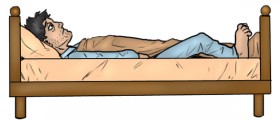


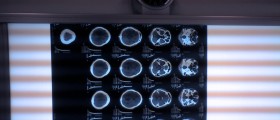



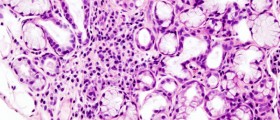


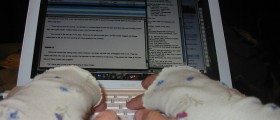
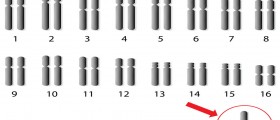
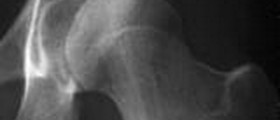



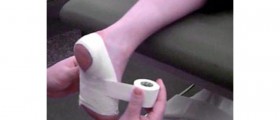

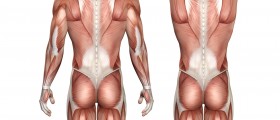


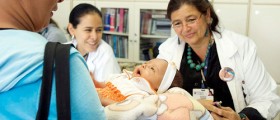



Your thoughts on this
Loading...